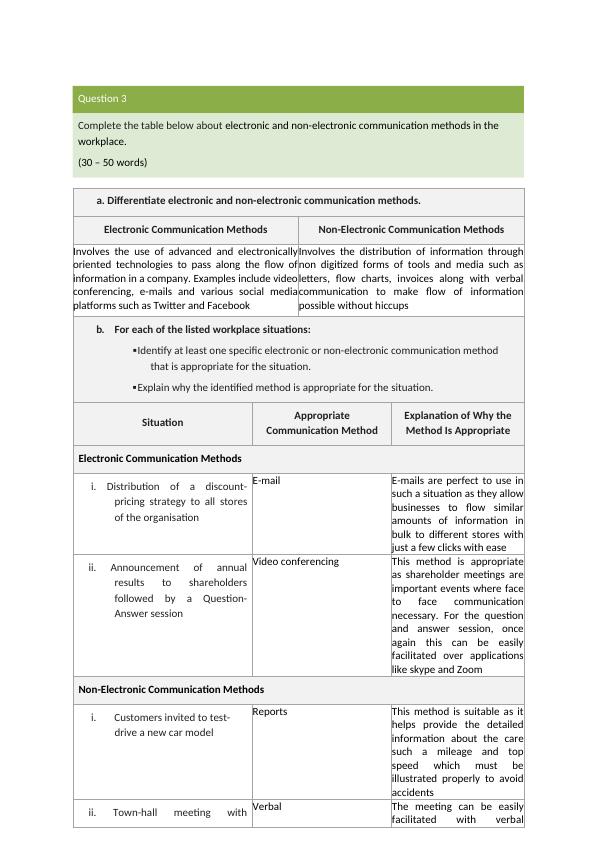Legislation and Policies Relevant to Workplace Communication of Leaders
Answer questions about legislation and policies relevant to workplace communication of leaders, identify objects of the Privacy Act, name organisational policies on workplace communication, identify characteristics of effective leadership communication, and differentiate electronic and non-electronic communication methods in the workplace.
Added on 2023-06-11
About This Document
Legislation and Policies Relevant to Workplace Communication of Leaders
Answer questions about legislation and policies relevant to workplace communication of leaders, identify objects of the Privacy Act, name organisational policies on workplace communication, identify characteristics of effective leadership communication, and differentiate electronic and non-electronic communication methods in the workplace.
Added on 2023-06-11
End of preview
Want to access all the pages? Upload your documents or become a member.



